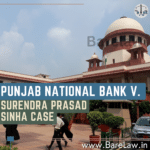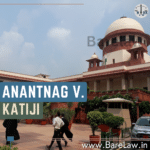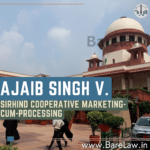
Dina Nath v. Emperor
There are some cases in the vast and varied legal history of India that serve as signposts indicating societal and legal norms of their time. The Honourable Mr. Justice Tudball decided Dina Nath v. Emperor on 31 January 1913 at the High Court of Judicature at Allahabad1. This particular case shows a period in Indian history when its judicial system was much influenced by Britain, yet it prepares the ground for an independent judiciary.
Case Brief:
Dina Nath v. Emperor was an action arising from certain intricacies in one part of the Companies Act as was explained in reference to another similar case Queen-Empress v. Moore1. While there is not full disclosure of details pertaining to this case from available sources, mentioning Companies Act denotes it must have been related to commercial or corporate law.
Procedural issues were also addressed in a summary trial document that stressed the need for embodying substance of evidence into judgment; lack of which would make judgment defective thus emphasizing on needs for propriety and accuracy in legal processes2.
Relevance and Reflection:
However, it still holds relevance even today because Dina Nath v. Emperor represents what were taken as standard practices in law during those times but are no longer so today. It can remind people about very strict procedures adopted even under foreign administration/colonial rule such as this one says about past regimes & how they approached justice before reformation began through new laws & courts systems like people who once said “I am King.” Here, reference to the Companies Act further signifies that India has had a long tradition of corporate law jurisprudence which has developed into current Indian legal system.
Additionally, this procedural emphasis within the case brings out clearly how important evidence and proper documentation within justice are still considered crucial principles by our society today.
Conclusion:
Thus revisiting cases like Dina Nath v. Emperor does not only offer a glimpse into the past but has a continuum that runs into the present legal framework. It therefore underlines evolution of legal procedures and unchanging principles underlying Indian judicial system. Through such historical cases, one can see the remarkable composition of Indian jurisprudence and its building blocks in terms of laws and processes over the years.





